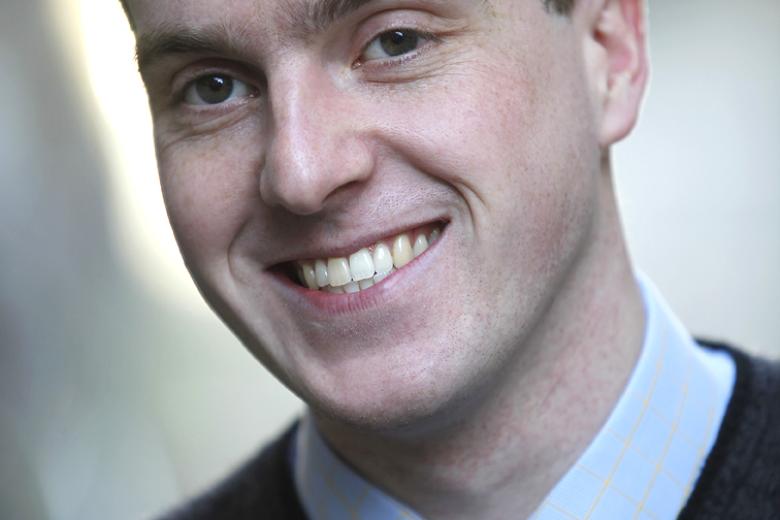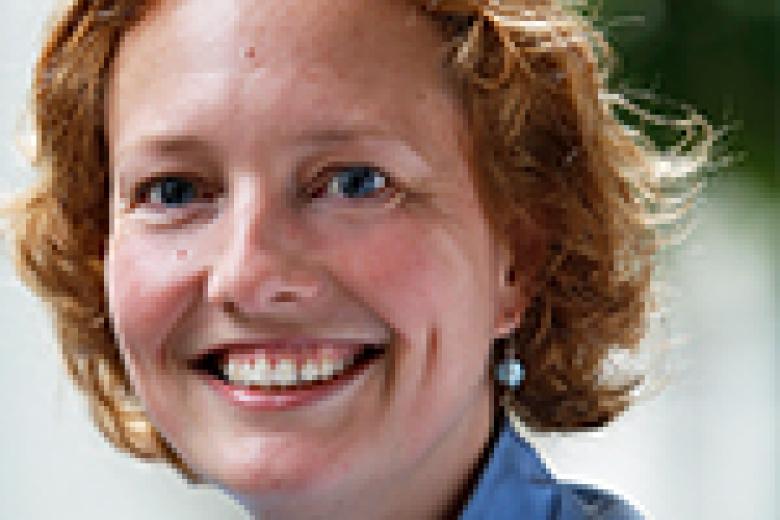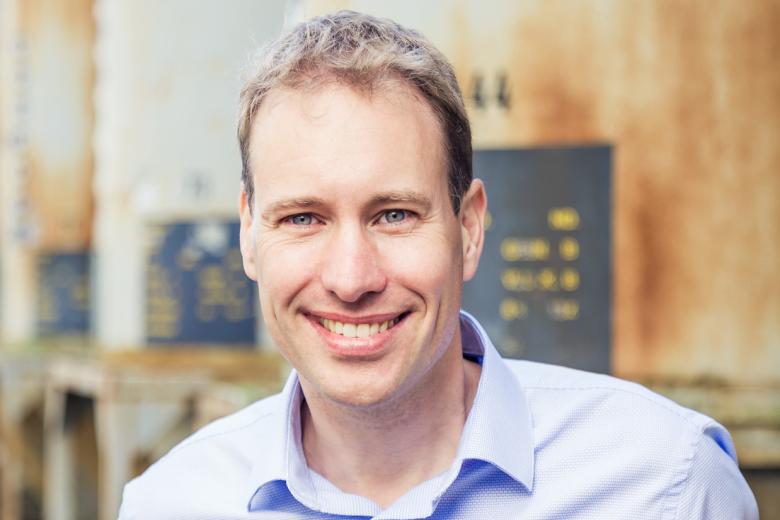Putting students in the driver’s seat
For me, Problem-Based Learning is about democratising the classroom. It is about realising that everyone has something of value to add (not only the teacher) and that everyone in the room can bring something to the discussion. It is a very productive way to solve problems and to move forward.
Putting students in the driver’s seat
When I was a student, I felt that sitting there and receiving information was not inspiring. I saw Problem-Based Learning as a way to really flip that around, to put students in the driver’s seat. We study what the students want to study (within certain parameters), in a way that students determine is best. It is not about what the professor decides should be the best way to teach. For me, it’s about democratising the classroom. It is about realising that everyone has something of value to add (not only the teacher) and that everyone in the room can bring something to the discussion. It is a very productive way to solve problems and to move forward.
If somebody has studied for three years using Problem-Based Learning, they know the techniques and methodologies they need to be successful in their career. They are easily able to solve whatever new problem they are faced with and to come up with innovative solutions for the organisation they work for.
Designing the physics programme
The MSP gave me an opportunity to help shape the physics programme. When I started working, the programme was only one and a half years old and I was the programme’s second physicist. That gave me tremendous opportunity to design the programme, and they gave me a lot of freedom in doing so. In this case, they were putting the teacher in the driver’s seat, and that was really inspirational for me.
Shaping the bachelor’s thesis
When our very first batch of students were doing their bachelor’s thesis, for example, we had to decide what we wanted them to do, how they would be assessed, what was a reasonable expectation for supervisors, and how we would shape that whole part of the curriculum. Now, it has become a successful cornerstone to our curriculum. Many students find it to be a very natural way to transition out of the bachelor’s programme and into the master’s programme. It gives them the chance to show other institutions and the world what they have learned here and how they can contribute to science in a larger way.
Getting honest feedback
As a teacher, I learn so much from the students. Being a new teacher when I came here, I had never really lectured before, so every day was (and still is) a learning experience. Sometimes students will be very open and honest with us teachers when they give feedback. Students will say, ‘Your lecture today wasn’t that clear because I missed what you were saying about this and this’. And when you have a small class (even our biggest classes have 40 or 50 students), you can still get that personalised feedback. In another programme where there are 300 or 400 students, nobody is going to come and talk to the teacher afterwards except to ask a specific question.
Involved in the community
The students here have also taught me a lot about how people can interact with their community and work together to address a number of social problems. Maastricht a very inspiring city to be a part of in terms of the academic community because our students really go out of their way to do all kinds of weird and wonderful things that are exciting and interesting. They have opened my eyes to a lot of issues that I would not have known about without them. Take a look at the Refugee Project, the Foodbank, the InBetween. These are just a few examples of our students giving up their free time to help the community in a wider sense.
C.J. Pawley
Chris Pawley is a physicist and materials scientist specializing in the behavior of materials in harsh conditions, such as high temperature or pressure environments, high power application or under irradiation from energetic particles. His PhD was concerned with the behavior of candidate materials for fusion reactors using in-situ ion-irradiation and transmission electron microscopy techniques.

-
Warming up to PBL
I teach the introduction to biology course, which is probably one of the first courses that you will take at the MSP. I also coordinate the practical courses, so the first time that you go to the lab, you will encounter me as well. I’m one of the first faces you will see here, and I want you to feel...

-
I can really make a meaningful difference
What really makes the MSP special is the small-scale teaching and the close contact with students. Us as teachers get to know you as students very well and vice versa. Because of this, I can teach you a lot more than what you need to know to just pass my exams. I can really make a meaningful...

-
Almost every day here, there are students that make me go ‘WOW’
I have worked with many different kinds of students- economics students, law students, American exchange students- and I think the MSP students are quite special. I have a feeling that the students we have at the MSP are the type of people who are not interested in making it big in the world, but...
